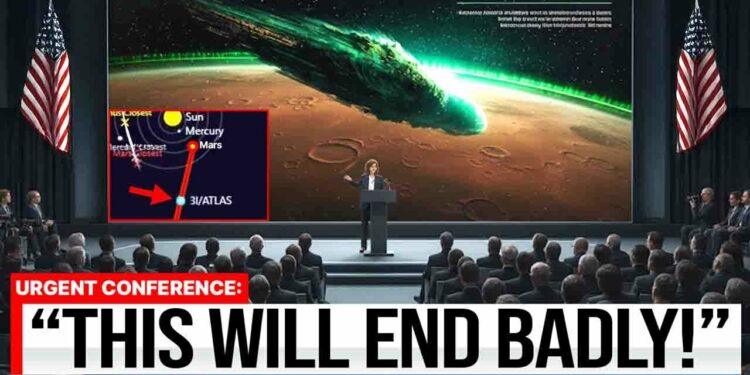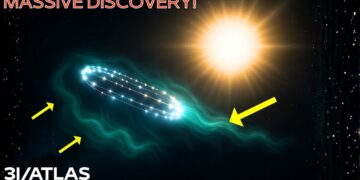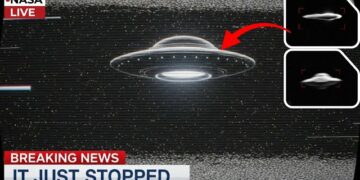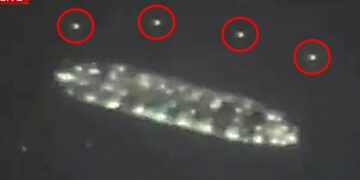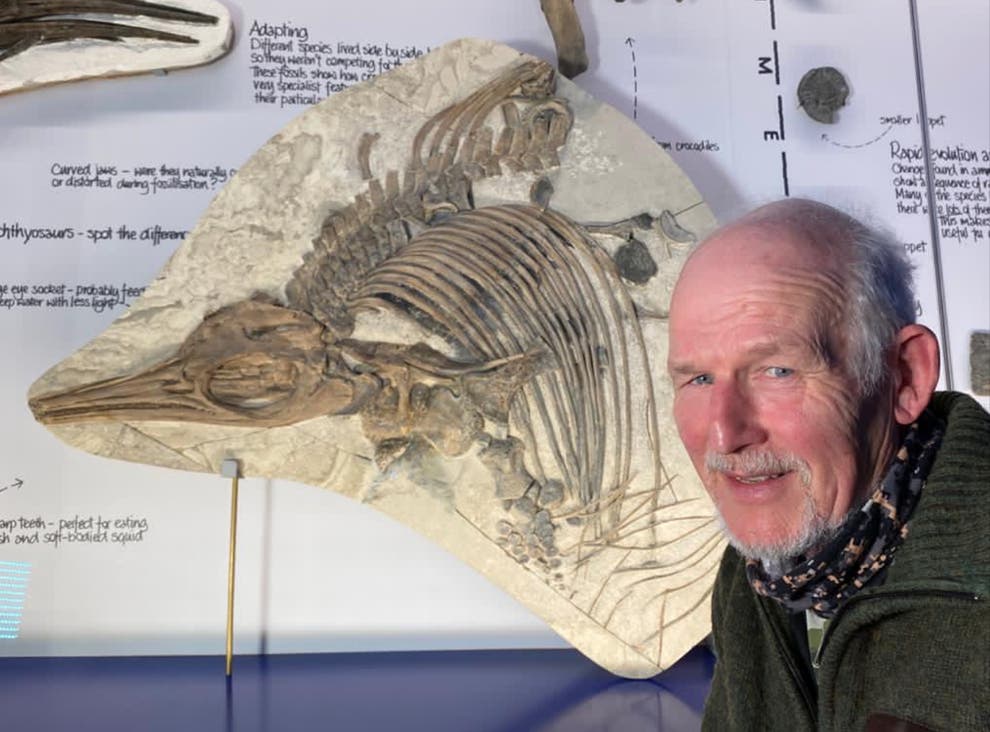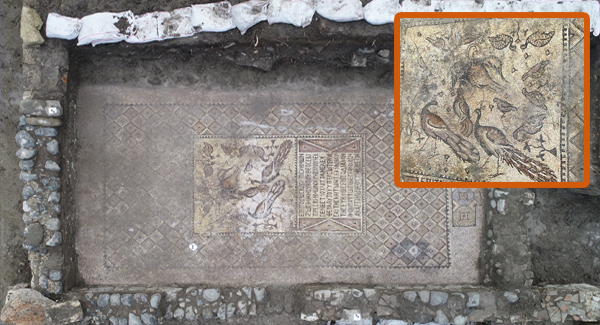When an asteroid approaches its closest point to the Sun, Earth is often positioned on the opposite side, making observation impossible. However, this precise moment could allow the asteroid to execute a maneuver, slowing down to potentially visit our planet. This raises the question: could its trajectory have been engineered by an extraterrestrial intelligence? A significant threshold has been crossed, revealing a future for Mars that few could have anticipated. The world stands on the brink of witnessing an extraordinary cosmic event, thanks to an alleged NASA leak highlighting the unprecedented capabilities of the James Webb Space Telescope (JWST) and the revolutionary power of quantum artificial intelligence (AI). This leak claims with absolute certainty that Asteroid 3I Atlas will collide with Mars. The precision of this prediction has stunned experts, and the astonishing impact date is something you won’t want to miss. Prepare for an in-depth exploration of how cutting-edge technology unveiled this dramatic celestial timeline.
The Revelation of Asteroid 3I Atlas
Space enthusiasts are captivated by cosmic discoveries, but not everything is as it appears. This alleged leak unveils a predictive capability once thought unattainable. For years, scientists have diligently tracked near-Earth objects and other celestial bodies that could pose a threat, but their methods have always had limitations, particularly for objects in the distant reaches of space. The JWST, a technological marvel orbiting roughly 1 million miles from Earth, has changed the game. Unlike its predecessor, Hubble, which observed visible light, JWST uses infrared to peer through cosmic dust and gas, detecting hidden objects. Its 21-foot-wide mirror captures light that has traveled billions of years, offering unmatched observational power. This telescope is like a cosmic X-ray, spotting the faint heat signatures of distant asteroids.
Yet, JWST is only part of the equation. The true breakthrough lies in combining its vast, complex data with quantum artificial intelligence. Traditional computers process information in bits—either 0 or 1. Quantum computers, however, use qubits, which can represent 0, 1, or both simultaneously due to superposition. This enables them to perform calculations at speeds and complexities far beyond classical computers. For tasks like simulating the trajectories of countless celestial bodies, factoring in gravitational influences, and predicting future positions with pinpoint accuracy, quantum AI is revolutionary. It can evaluate millions of scenarios simultaneously, far surpassing conventional systems.
The alleged leak suggests that JWST’s highly sensitive infrared data on Asteroid 3I Atlas was processed by a specialized quantum AI algorithm. This wasn’t just about detecting the asteroid but refining its orbital path, accounting for even the subtlest gravitational effects from other planets. Asteroid 3I Atlas, roughly half a mile in diameter, is not a planet-killer but could carve a massive crater on Mars, potentially hundreds of miles wide, releasing energy equivalent to thousands of megatons of TNT. What’s most shocking is the reported precision of the impact date—down to nearly the hour. Previously, asteroid predictions carried margins of error spanning years or decades. This level of accuracy, if true, demonstrates a monumental leap in predictive technology, transforming asteroid tracking from guesswork to near certainty.
This breakthrough has sparked hushed discussions among experts, with profound implications. It’s not just about Mars—it signals a new era for Earth’s long-term safety from cosmic threats. The universe has become more accessible, and our ability to understand and potentially protect ourselves has grown exponentially.
Deep Space Detective Work
Mars has long fascinated humanity with its rusty deserts, polar ice caps, and ancient riverbeds hinting at a wetter past. Yet, the silent dance of celestial objects in our solar system often goes unnoticed—until a collision looms. The alleged leak about Asteroid 3I Atlas underscores this cosmic reality. This isn’t just any space rock; its “3I” designation suggests it’s an interstellar object, like ‘Oumuamua or Borisov, originating beyond our solar system. These objects travel vast distances at incredible speeds, making their trajectories notoriously difficult to predict. Imagine tracking a bullet fired from a moving train while accounting for every air current along its path—that’s the challenge.
JWST’s infrared instruments are critical here, detecting the faint heat signature of 3I Atlas even when it’s far from the Sun and reflecting little light. By analyzing changes in its heat signature, JWST gathers data on the asteroid’s size and rotation—details essential for precise trajectory calculations. Even a slight wobble or uneven mass distribution can alter its path over millions of miles. When this vast dataset is fed into a quantum AI, the results are transformative. Unlike classical supercomputers, which test trajectories sequentially, quantum AI evaluates all possibilities simultaneously, factoring in gravitational influences from planets and moons. This reduces data noise, yielding a remarkably clear orbital prediction.
The reported precision—down to a specific day and hour—marks a paradigm shift in our ability to anticipate celestial events. It suggests a future where planetary defense is proactive, offering ample warning for mitigation efforts, whether for Mars or Earth. An impact on Mars, which lacks a protective magnetic field, would be catastrophic, creating a crater potentially 50 miles wide and several miles deep. This deep-space detective work by JWST and quantum AI reveals the stark realities of our cosmic neighborhood.
A Martian Scar and Cosmic Ambitions
An impact from a half-mile-wide asteroid like 3I Atlas would have profound implications for Mars and humanity’s dream of becoming a multiplanetary species. Mars’ thin atmosphere—100 times thinner than Earth’s—offers little resistance to incoming objects, making impacts more frequent and destructive. This event, observed from Earth, would underscore the fragility of planetary bodies and the ever-present threat of cosmic collisions. It also highlights the need for advanced planetary defense systems for any world we aim to inhabit.
While no immediate action can prevent 3I Atlas from striking Mars, the advanced warning provided by JWST and quantum AI offers a unique opportunity to study the impact’s lead-up and aftermath. Observing a planetary collision in real-time would provide invaluable insights into such events. For those searching for extraterrestrial life, Mars remains a prime candidate for past microbial life. This impact isn’t just a tale of destruction—it’s a scientific opportunity. The ability to predict such an event with unprecedented accuracy reshapes space exploration, moving us from reacting to cosmic events to anticipating them.
However, not everything is as it seems. Even with advanced technology, the universe holds countless mysteries and variables. The alleged NASA leak about 3I Atlas has captured imaginations, sounding like a sci-fi blockbuster. Yet, the path to understanding such predictions is complex, and unexpected challenges may remain. Will humanity harness this technology for good, or will such secrets remain hidden in plain sight? Stay tuned for more astonishing space discoveries, as the universe continues to reveal its wonders.

